Introduction
In the world of logistics and transportation, ensuring the safety and stability of semi-trailers is paramount. Among these, the end dump trailer is particularly noteworthy due to its design and operational use. However, one looming question often arises: can wind blow over an end dump trailer? This article delves deep into the physics of wind interaction with end dump trailers, the design factors that influence stability, and best practices for mitigating risks.
Understanding End Dump Trailers
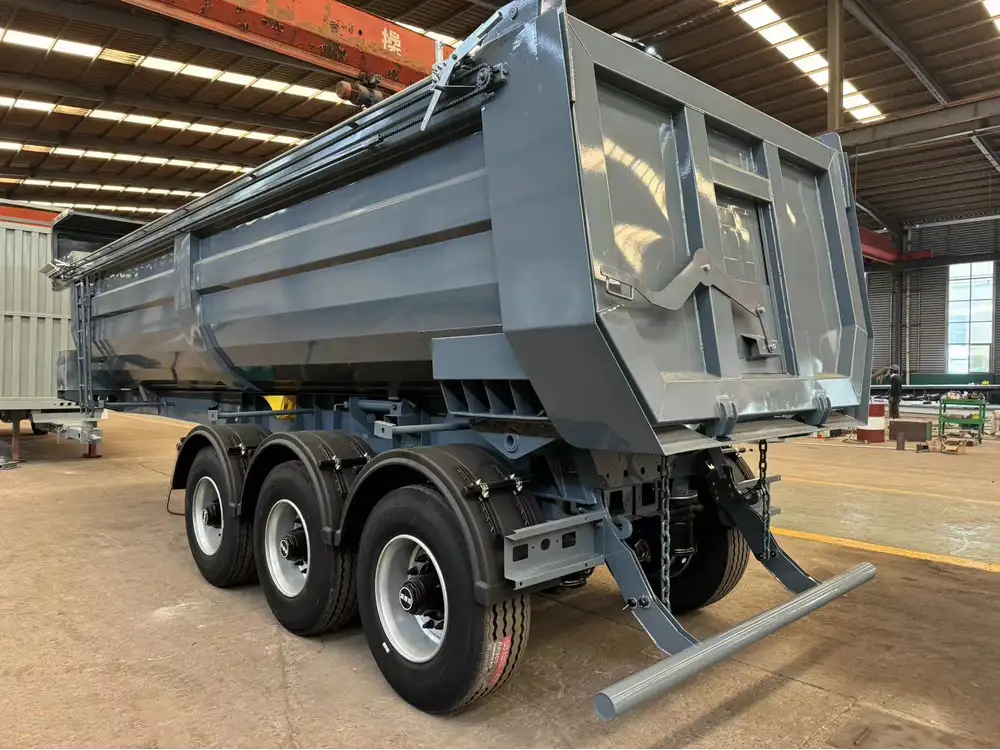
What is an End Dump Trailer?
An end dump trailer is a specialized vehicle designed for hauling bulk materials. It features a hinged dump body that tilts at the rear to release its contents, which often includes aggregates, sand, or construction debris. The design caters to various applications, but this functionality can pose specific stability issues, particularly in windy conditions.
| Feature | Description |
|---|---|
| Capacity | Typically ranges from 12 to 24 cubic yards |
| Weight | Gross weight can exceed 35,000 pounds |
| Material | Usually constructed from steel or aluminum |
| Use Cases | Construction, landscaping, and aggregates distribution |
Aerodynamics and Wind Forces
The Basics of Aerodynamics
When a vehicle is in motion, various aerodynamic forces interact with it, including drag and lift. These forces become even more critical when considering wind. For end dump trailers, the tall, upright nature of the dump body can create additional surface area for wind to exert force.
- Drag: The resistance caused by air friction as the trailer moves through the air.
- Lift: The upward force that can be generated depending on the shape and angle of surfaces relative to the wind.

Factors Influencing Stability Against Wind
Height and Surface Area
The end dump trailer’s height significantly impacts its susceptibility to wind. A larger surface area translates to increased wind resistance, particularly from lateral gusts. As the wind speed increases, the likelihood of the trailer tipping over escalates.
Weight Distribution
Weight distribution plays an essential role in vehicular stability. A well-balanced semi-trailer with correctly loaded cargo is less likely to be affected by wind than one with uneven weight distribution.
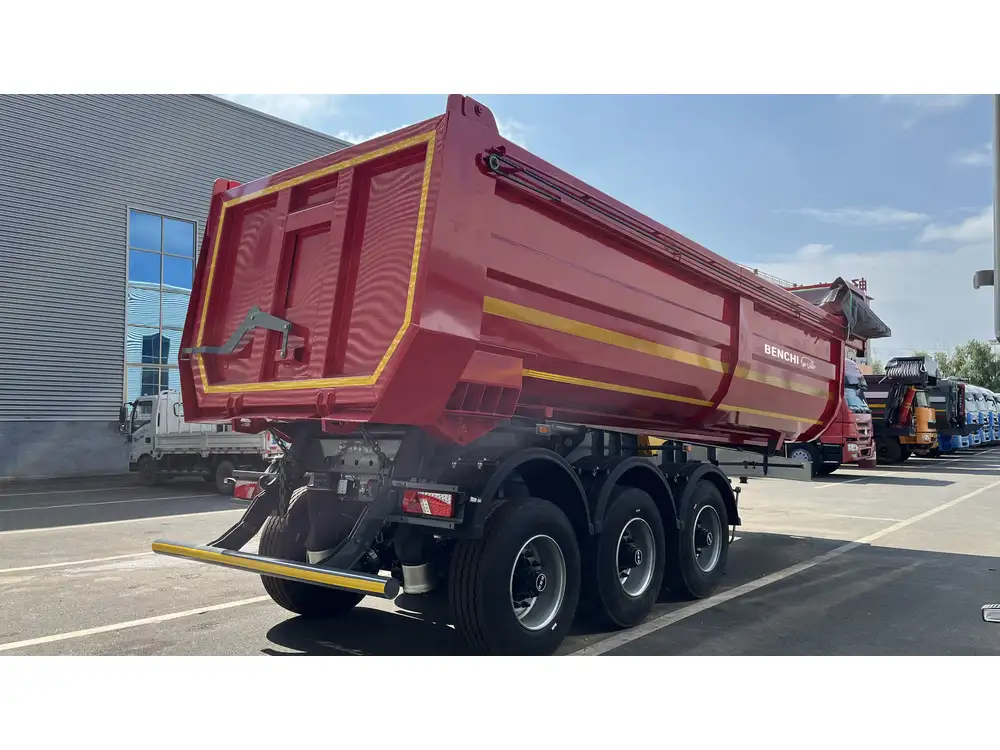
Load Type and Configuration
End dump trailers vary in load types, from heavy aggregates to lighter materials. The type of load can influence how the trailer reacts to wind. For instance, lighter, less-dense materials may allow the trailer to become more easily impacted by wind forces.
The Physics of Wind Interaction
Calculating Wind Forces
To understand the impact of wind on an end dump trailer, we consider the following variables:
- Wind Speed (V): The speed at which the wind is blowing.
- Trailer Dimensions: The height and width determine the surface area exposed to the wind.
- Center of Gravity (CG): The height of the CG directly affects tipping potential.
The wind force (F) can be estimated using the following formula:
[ F = 0.5 \cdot C_d \cdot A \cdot \rho \cdot V^2 ]Where:
- ( C_d ) = Drag coefficient (depends on the shape)
- ( A ) = Surface area
- ( \rho ) = Air density
- ( V ) = Wind velocity
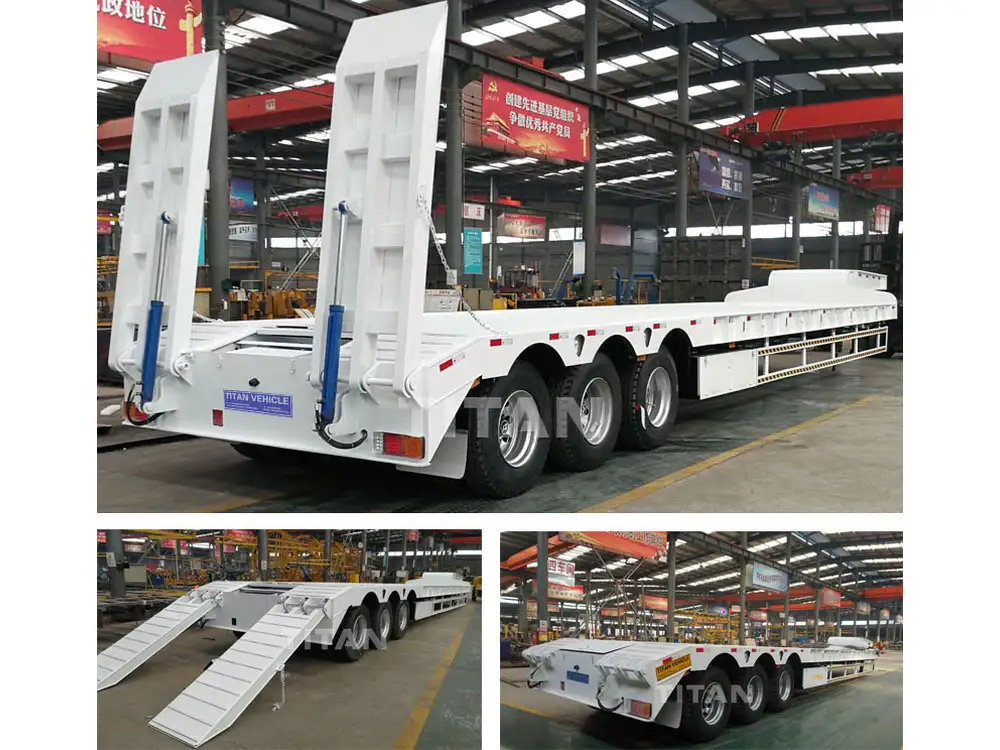
Effects of Wind on Stability
As wind velocity increases, the forces acting upon the trailer also rise. In essence, a trailer might handle mild winds without issue, but as gusts approach and exceed 20-25 mph, the risk of toppling increases significantly.
Tipping Point Analysis
To comprehend the tipping point, we must consider the combination of wind forces and the stability limits dictated by the trailer’s center of gravity.
- Static Stability: The condition when the trailer does not change position under applied forces.
- Dynamic Stability: The ability of the trailer to maintain balance during movement and changing external forces.
Can Wind Really Blow Over an End Dump Trailer?
The answer here is nuanced. Yes, wind can blow over an end dump trailer, particularly under adverse conditions such as:
- High Wind Speeds: Gusts exceeding 30 mph can create a dangerous situation.
- Unbalanced Loads: Poorly distributed cargo can shift the center of gravity, increasing tipping risk.
- Trailer Design Flaws: Defective or poorly designed trailers may have compromised stability.
In environments with unpredictable gusts or constant high winds—such as coastal ports or open plains—operators should exercise extreme caution.
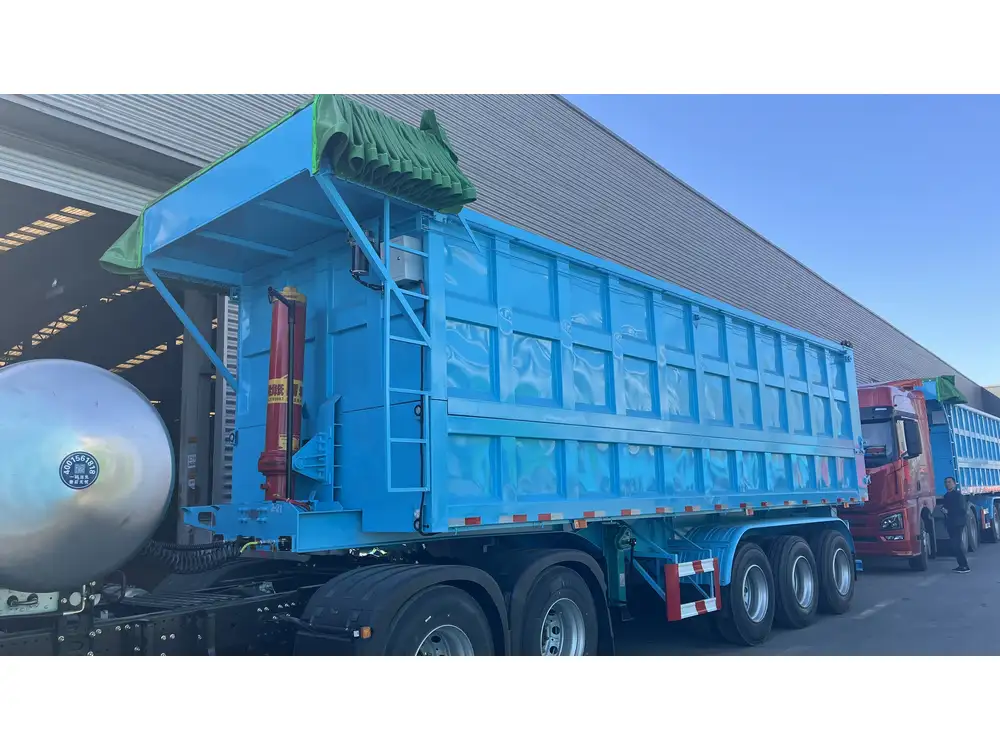
Best Practices to Mitigate Wind Risks
Load Management Techniques
Ensure Proper Loading:
- Distribute loads evenly across the trailer.
- Secure cargo to prevent shifting during transit.
Lower the Dump Body:
- Keep the dump body as low as possible when driving in windy conditions to reduce the surface area exposed to wind.
Operating Procedures
Pre-Operation Inspections:
- Check for structural integrity, especially before expected windy conditions.
Monitor Weather Conditions:
- Use weather forecasts and on-site conditions to assess risk before transporting materials.
Choose Appropriate Routes:
- Avoid open areas prone to high winds whenever possible.
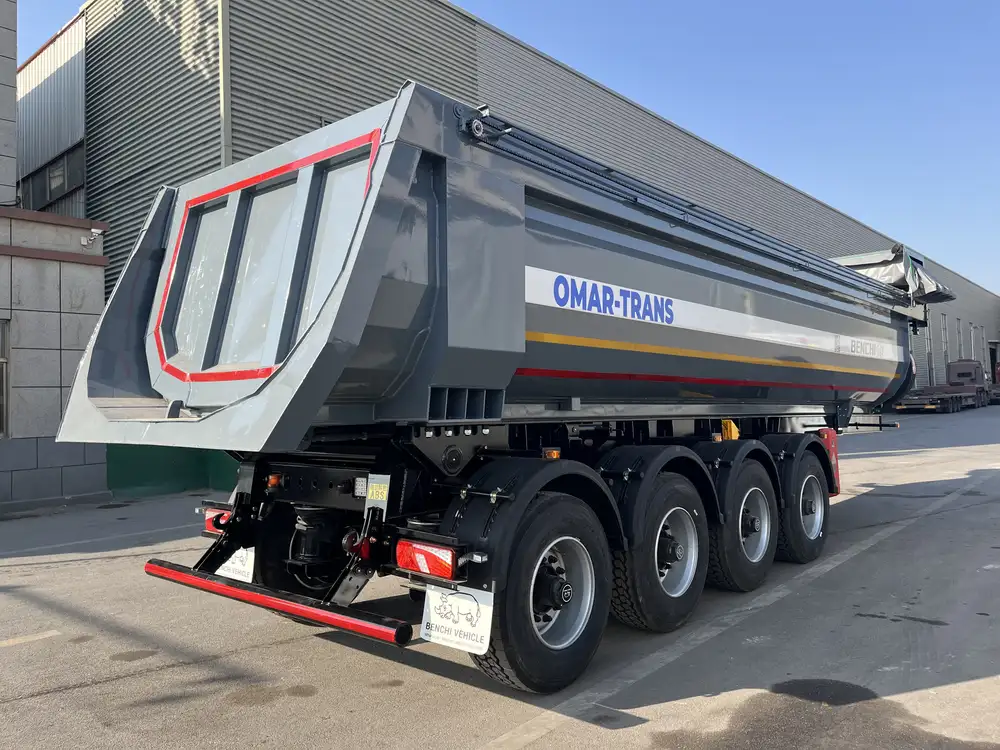
Emergency Protocols
Parking and Securing:
- When unable to continue operations in windy conditions, secure the trailer and park it in a protected area if feasible.
Avoiding Wind Exposure:
- If stopping on the roadside, ensure the trailer is aligned with the wind direction to minimize exposure.
Understanding Regulatory Standards
Importance of Compliance
Operating an end dump trailer safely in windy conditions is not just best practice; it often falls under compliance regulations. The Federal Motor Carrier Safety Administration (FMCSA) and various state agencies provide guidelines for maintaining operational safety.
| Regulatory Focus | Description |
|---|---|
| Vehicle Maintenance | Regular inspections to ensure structural integrity |
| Load Securement | Guidelines on how to properly secure loads |
| Training Requirements | Mandating training for operators on wind-related hazards |

Manufacturer Guidelines
Manufacturers often provide specific recommendations for operating trailers under adverse weather conditions. Adhering to these guidelines can extend equipment lifespan and enhance safety.
Conclusion
The risk of wind tipping over an end dump trailer is a genuine concern in the transportation sector. Operators must remain vigilant, understanding the factors affecting stability, employing best practices for loading and operation, and adhering to regulatory standards. By implementing these strategies, we mitigate risks, ensuring not only the safety of our equipment but also the integrity of the cargo and the safety of road users.
In the end, the answer to whether wind can blow over an end dump trailer resides not merely in the physics of motion but in our preparedness to confront the elements. The balance of knowledge, respect for natural forces, and adherence to best practices shapes the path toward safe and secure transportation experiences.



